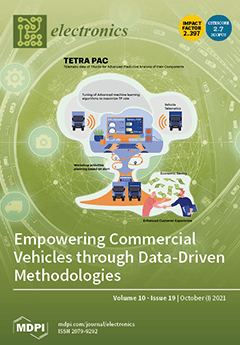With the evolution of Internet technology, social networking sites have gained a lot of popularity. People make new friends, share their interests, experiences in life, etc. With these activities on social sites, people generate a vast amount of data that is analyzed by
[...] Read more.
With the evolution of Internet technology, social networking sites have gained a lot of popularity. People make new friends, share their interests, experiences in life, etc. With these activities on social sites, people generate a vast amount of data that is analyzed by third parties for various purposes. As such, publishing social data without protecting an individual’s private or confidential information can be dangerous. To provide privacy protection, this paper proposes a new degree anonymization approach
k-NDDP, which extends the concept of
k-anonymity and differential privacy based on Node DP for vertex degrees. In particular, this paper considers identity disclosures on social data. If the adversary efficiently obtains background knowledge about the victim’s degree and neighbor connections, it can re-identify its victim from the social data even if the user’s identity is removed. The contribution of this paper is twofold. First, a simple and, at the same time, effective method
k–NDDP is proposed. The method is the extension of
k-NMF, i.e., the state-of-the-art method to protect against mutual friend attack, to defend against identity disclosures by adding noise to the social data. Second, the achieved privacy using the concept of differential privacy is evaluated. An extensive empirical study shows that for different values of
k, the divergence produced by
k-NDDP for CC, BW and APL is not more than
, also added dummy links are
less, as compared to
k-NMF approach, thereby it validates that the proposed
k-NDDP approach provides strong privacy while maintaining the usefulness of data.
Full article





